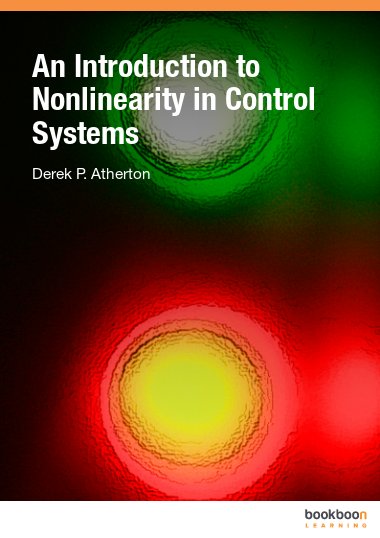The book is concerned with the effects of nonlinearity in feedback control systems and techniques which can be used to design feedback loops containing nonlinear elements. After a short introductory chapter on nonlinearity and its possible effects the use of phase plane methods for nonlinear second order systems is discussed. The next three chapters cover the describing function method and its applications in the determination of limit cycles, stability analysis and the prediction of unique nonlinear behaviour such as jump resonance and subharmonic generation. The following chapter shows using the Tsypkin approach how in feedback loops with a relay nonlinearity any limit cycles and their stability can be found exactly. Examples are given which cover some unique forms of limit cycles such as limit cycles with a sliding mode and multipulse limit cycles, which can be caused by resonant plant transfer functions. In recent years with the advent of microprocessor controllers there has been considerable interest in techniques for controller tuning based on limit cycle data and this is the topic covered in the next chapter. The analyses used make use of both the describing function method and the Tsypkin method presented in the previous chapters. The next topic covered is absolute stability methods for a nonlinear feedback loop with a single nonlinearity with emphasis placed on frequency domain methods to allow comparison with describing function results. The final chapter covers some methods for the design of nonlinear systems. The material is of an introductory nature but hopefully gives an overview and provides a basic understanding of various topics, many developed in recent years, and several of which have entire textbooks devoted to them.

